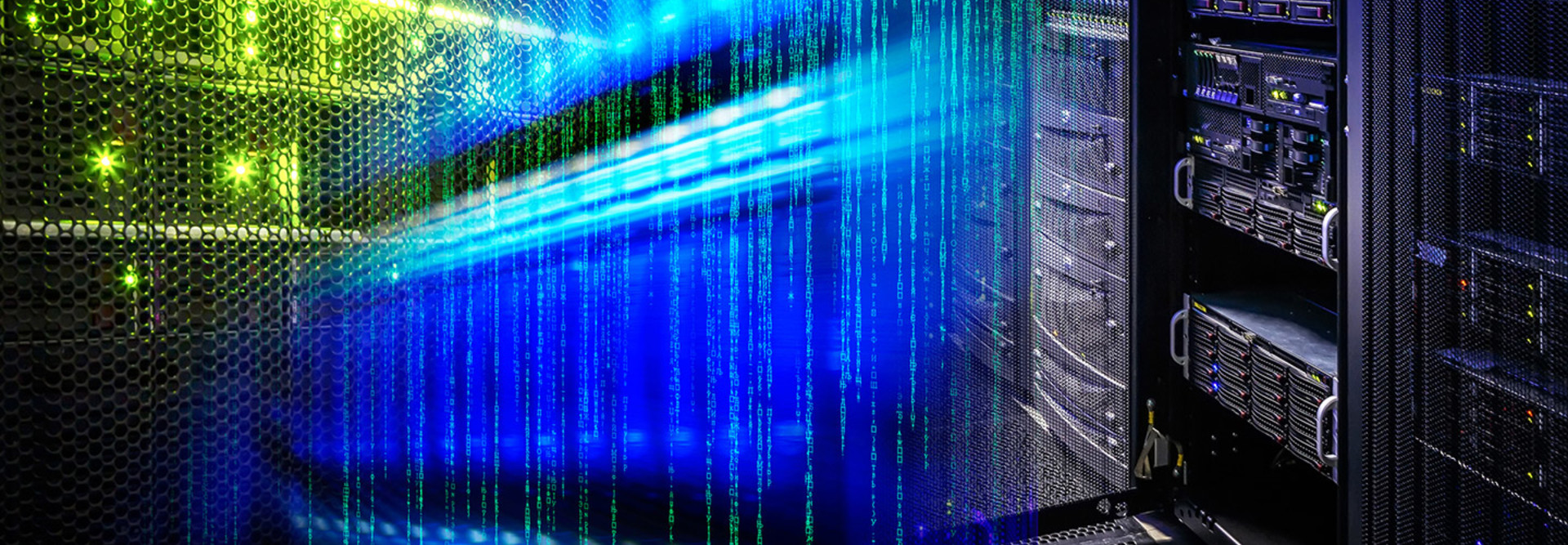Flash Storage Could Boost Performance and Lower Costs for Feds
Federal agencies today face amassing data, shrinking budgets and strict data center optimization mandates. Combined, these factors create a growing need for cost-effective storage.
Technology experts such as Barry Morris, vice president of Dell EMC Federal Division, foresee a day when flash plays a key role in meeting that need.
“Due to its affordability, agility, efficiency and speed, flash storage delivers the performance needed for next-generation applications,” Morris wrote in a recent blog.
All-flash arrays, in particular, could one day redefine government storage strategies. Rather than using spinning hard disks, the technology contains multiple flash memory drives. And since they’re without moving parts, all-flash arrays generate less heat, use less power and require less maintenance than spinning-disk storage.
Feds Not Using Flash — For Now
Despite the many benefits of flash, most federal agencies haven’t yet made the switch. According to Federal News Radio’s Next Generation Data Center survey, sponsored by CDW•G and NetApp, only 1 percent of federal respondents say their agencies currently use the storage technology.
Flash adoption in the public sector stands in stark contrast to the technology’s use rate among private companies. In its 2017 Trends in Storage report, 451 Research states that 90 percent of enterprises have now deployed flash storage in some form, while the 2016 report called flash “the hottest technology this year.”
So what’s holding feds back? More than 40 percent of respondents to the Federal News Radio survey cited budgetary constraints as a major obstacle to upgrading their data storage capabilities in general. But a 2016 IDC report suggests that all-flash arrays could be a budget-friendly investment for organizations looking to save money down the road.
In the report, Eric Burgener, research director for IDC’s storage practice, notes that all-flash arrays have a lower total cost of ownership than spinning-disk storage because the technology:
- Requires fewer devices to meet performance requirements
- Uses less energy and has a smaller footprint
- Requires fewer application servers
- Cuts software licensing costs because it uses fewer services
- Offers improved device-level reliability
- Reduces administration costs
By cutting agencies’ storage footprint, flash also helps agencies reduce data center sprawl and modernize operations — both aims of the recent Data Center Optimization Initiative, which has feds scrambling to meet energy efficiency and virtualization goals.
Seeing All-Flash Arrays in Action
While many federal agencies haven’t yet jumped on the bandwagon, scientists at the Department of Energy’s National Energy Research Scientific Computing Center (NERSC), based in Berkeley, Calif., have seen the power of flash firsthand.
As the principal provider of high-performance computing services for the DOE’s Office of Science programs, NERSC supports 6,000 scientists working on 700 projects. The facility’s computer, storage and web systems support complex workflows that run thousands of simulations of protein molecule dynamics.
“We have quite a lot of scientists whose code is limited by the input/output,” says Debbie Bard, a Big Data architect in NERSC’s Data Analytics Services Group. “That means their code might waste a lot of time trying to write data to disk and trying to read data from disks.”
Burgener says poor storage performance arises because hard disks are better suited to serial access than random access. “Most of the workloads in data centers today have a highly random, volatile component,” he adds.
To achieve optimal input/output performance in its newest supercomputer, Cori, NERSC turned to a combination of flash and solid-state drives that would help scientists speed up analysis, Bard says.
“Any time we can help the analysis run faster, it is going to help scientists have an easier experience working with their data and get insight from it,” she says.
Successes like that will likely draw more agencies toward the technology. Rob Stein, vice president for NetApp’s U.S. public sector division, told FedTech in June that he believes flash will increasingly replace enterprise-class spinning-disk storage over the coming months.
“It’s a technology that our customers want to use,” he said.






